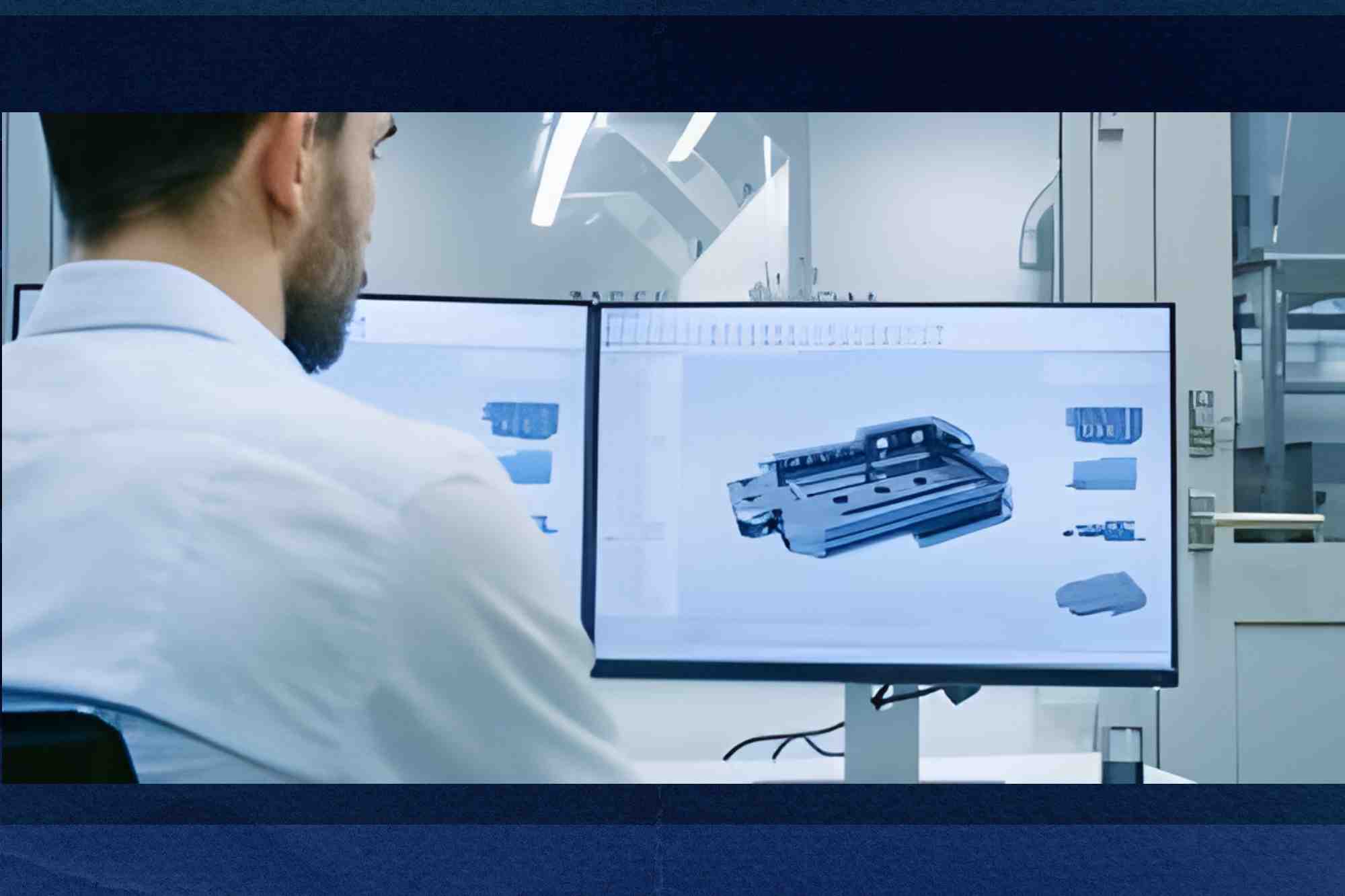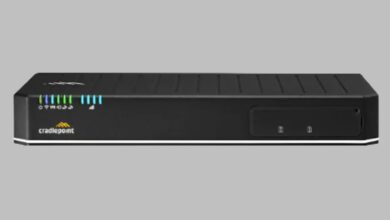CAD, known as AutoCAD, is a modern design software developed by Autodesk. In this article, we will discuss the different development tools of CAD technology and its development trends.
Table of Contents
Overview of CAD Development Tools
CAD software provides a variety of development tools, including .NET API, Object ARX, VBA, and VisualLISP. Each of these tools has its own characteristics, such as VisualLISP with low learning costs but a lack of intuitiveness, while Object ARX has powerful features but high learning costs.
VBA is a popular programming language, but there are certain shortcomings in the development of functions. Starting from the AutoCAD 2006 version, Autodesk introduced .NET API to provide users with more hosted wrapper classes, and supporting languages such as VB, C#, and C++.
Advantages of the .NET API
Through the development and application of .NET API, CAD software gains the following outstanding advantages:
- New programming environment: Provides users with a new programming environment to realize access to CAD drawing libraries.
- Effective integration with Windows applications: With the .NET API, CAD software is easier to integrate effectively with Windows applications such as Microsoft Excel and Microsoft Word.
- Support for 32-bit and 64-bit systems: The .NET Framework can support both 32-bit and 64-bit systems for design operations, which enables upgrading and optimization of CAD software compared to VBA in traditional CAD.
- Reduced learning costs: Compared to the C++ programming language in traditional CAD, the .NET API reduces user learning costs and provides high-level interfaces to meet the needs of access to assemblies and open class libraries.
CAD Technology in the CNC Metal Parts Design
CAD technology plays an important role in the design of CNC metal parts, through the reasonable application of design efficiency and processing accuracy can be improved.
Mechanical Parts Processing Trajectory Formation
In the machining metal parts design, after completing the parts modeling, through the optimization of control data information, you can form a perfect parts machining trajectory. The key lies in comprehensively clarifying the machining tool parameters, selecting a reasonable machining method, and tracking the trajectory with the help of MasterCAM software, so as to improve the machining accuracy and efficiency.
Key Steps for Machining Trajectory Formation
- Optimization of machining tool parameters: Comprehensively define the machining tool parameters to provide scientific reference for the CNC machining system.
- Selection of machining mode: According to the basic shape of the CNC metal parts, choose a reasonable machining mode and form a set of perfect machining trajectories.
- MasterCAM software assistance: track tracking with the help of MasterCAM software, realizing the combination of roughing and finishing, and improving processing accuracy and efficiency.
Generation of Mechanical Parts Assembly Drawings
CAD technology can effectively store and retrieve machining metal parts design data, so that designers can quickly access and improve the design sketch. Such a method can standardize and professionalize the design work, and improve the design efficiency and accuracy.
Design data retrieval process
- Data storage: store the designed sketches, text, pictures, and processing data inside and outside the computer.
- Quick retrieval: according to the specific design requirements, quickly retrieve the relevant parts design data.
- Design sketch improvement: Take the product parameters as the basis, further improve, and optimize the design sketch to enhance the timeliness of the design.
Integrated Manufacturing of CNC Parts and Molds
In the overall production of metal parts manufacturing, design is the most important link, the depth of integration of CAD technology for the integrated manufacturing of mold provides key support.
CAD Technology in the Mold Design Applications
- Basic structure design optimization: with the help of CAD technology for mechanical metal parts’ basic structure design is further optimized.
- Mold integrated manufacturing: through CAD technology, to achieve the CNC metal parts of the three-dimensional solid modeling assembly design, to further enhance the design level and production quality.
Conclusion
As information science continues to progress today, the application of CAD technology has become the key to improving productivity in the machinery manufacturing industry. With the help of CAD technology, metal CNC parts design, simulation, and manufacturing can be more scientific and efficiently completed, providing strong support for the development of the industry.
Did you learn something new from this bar-hopping guide? If so, be sure to check out our blog for more educational content.





